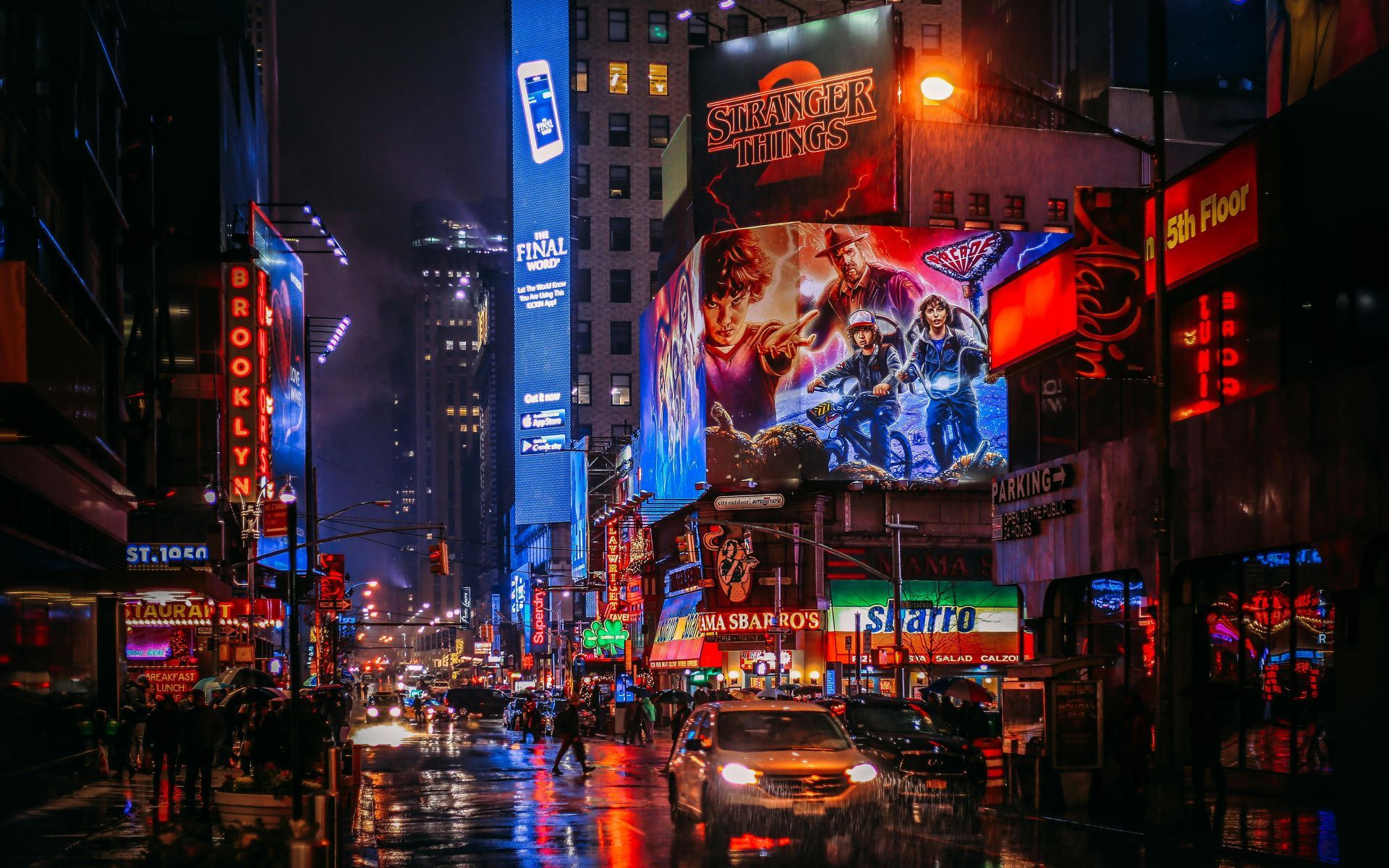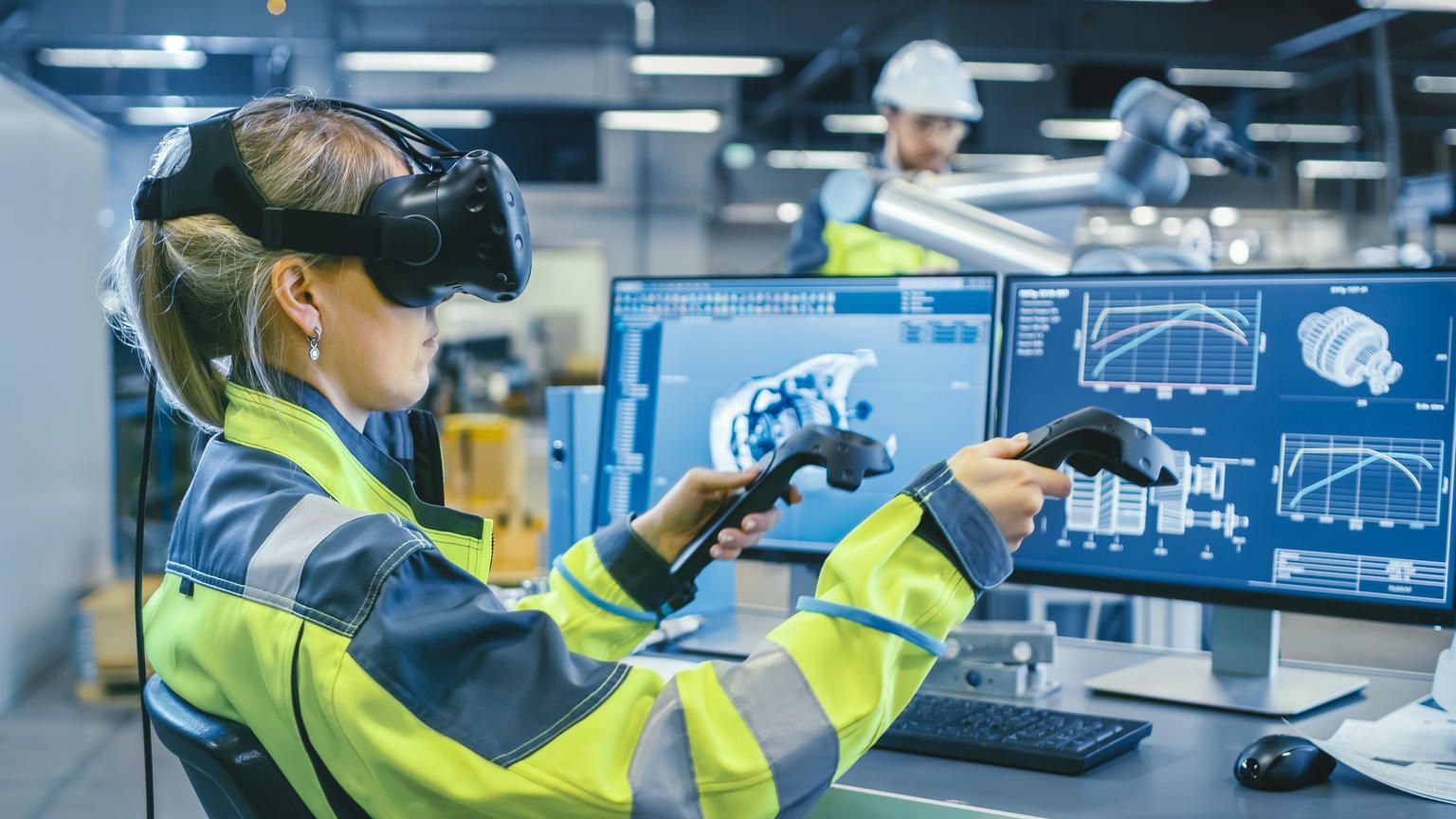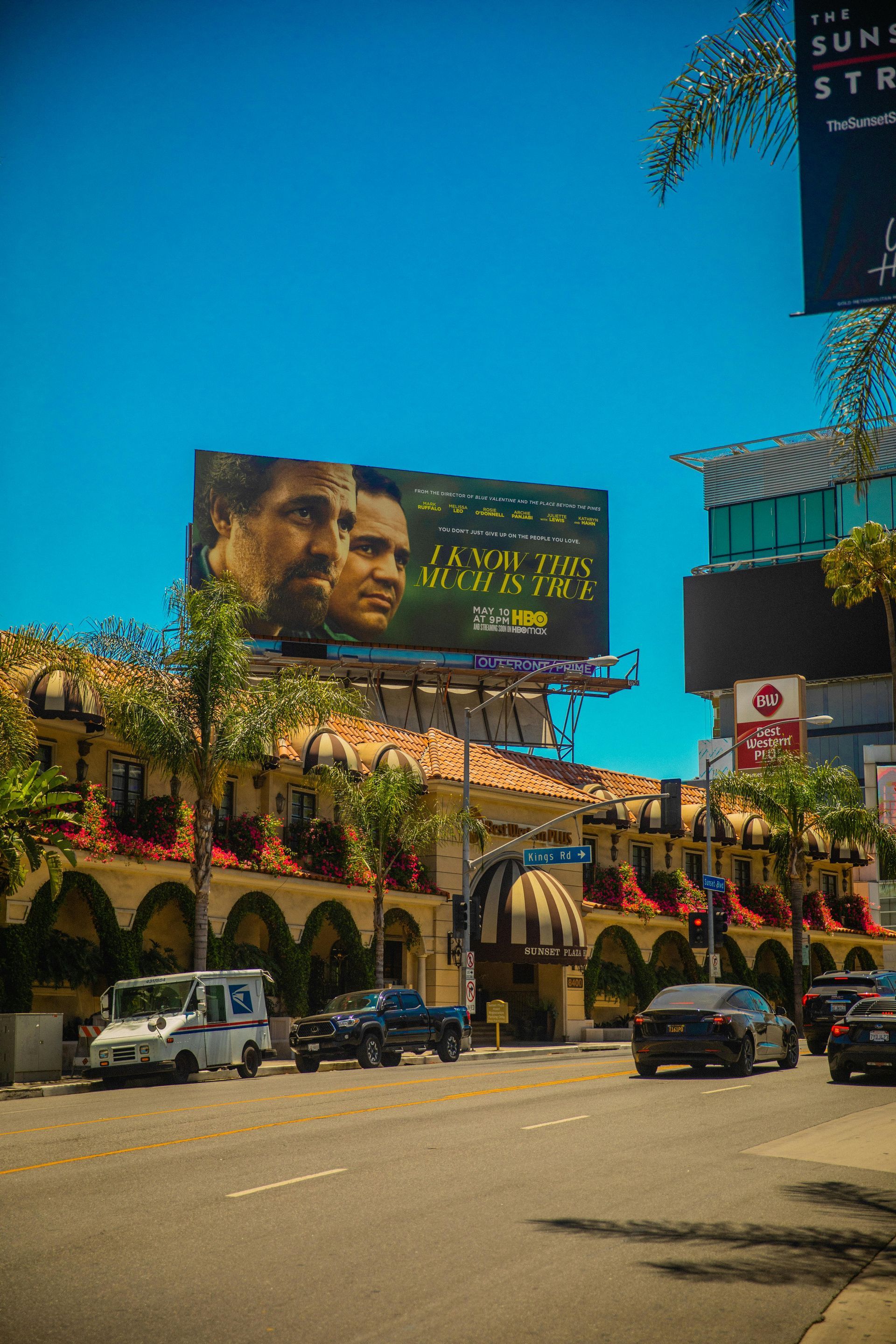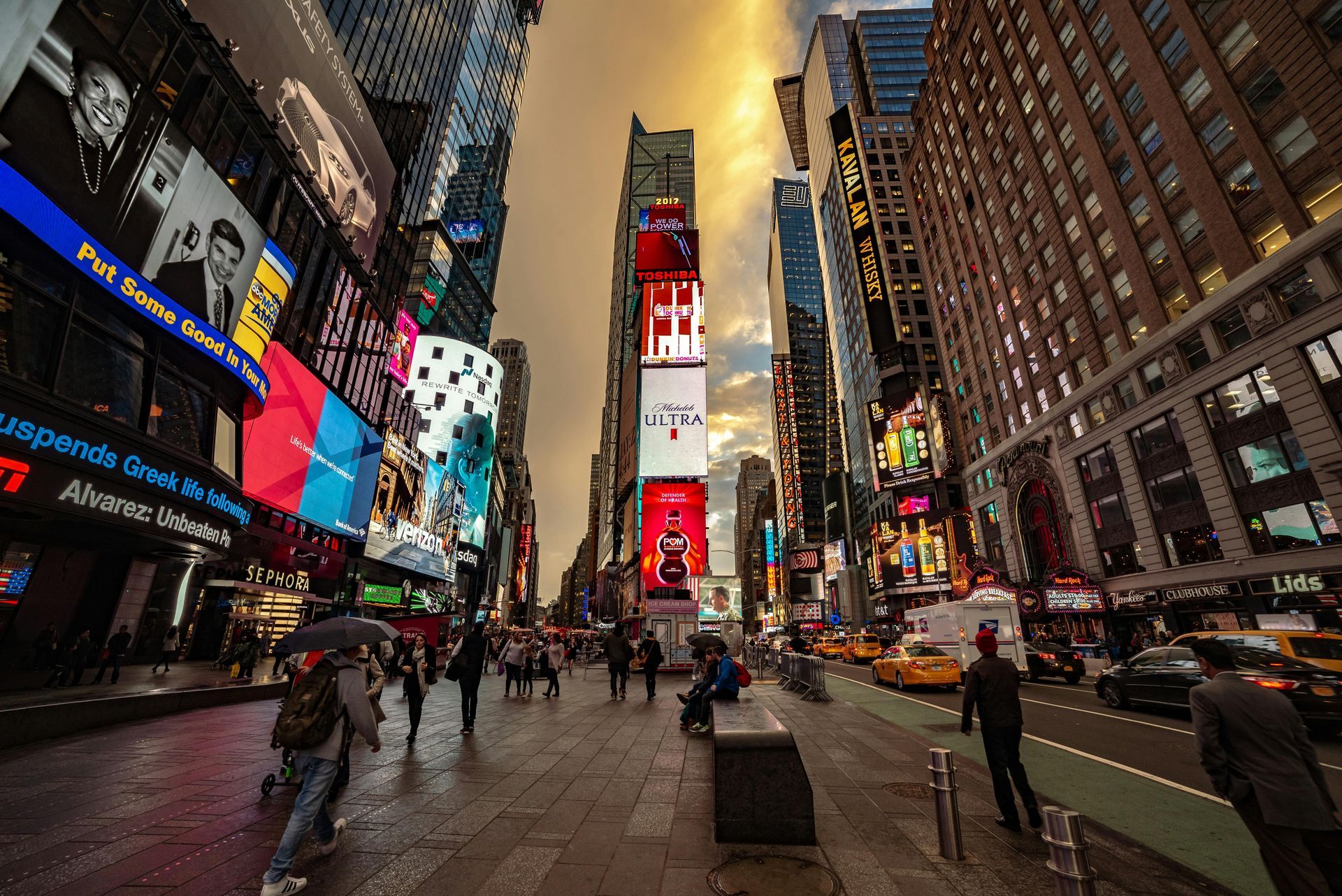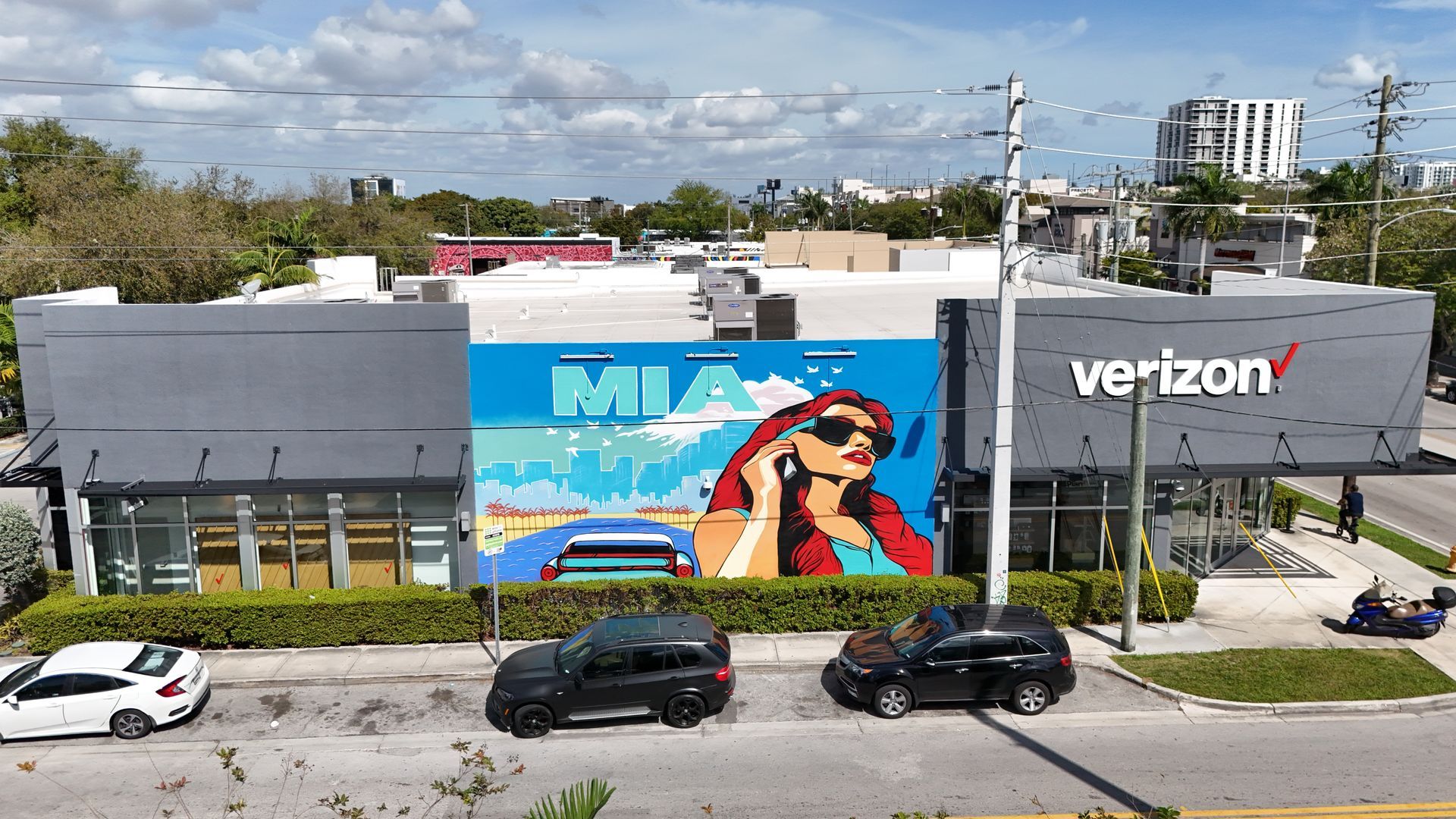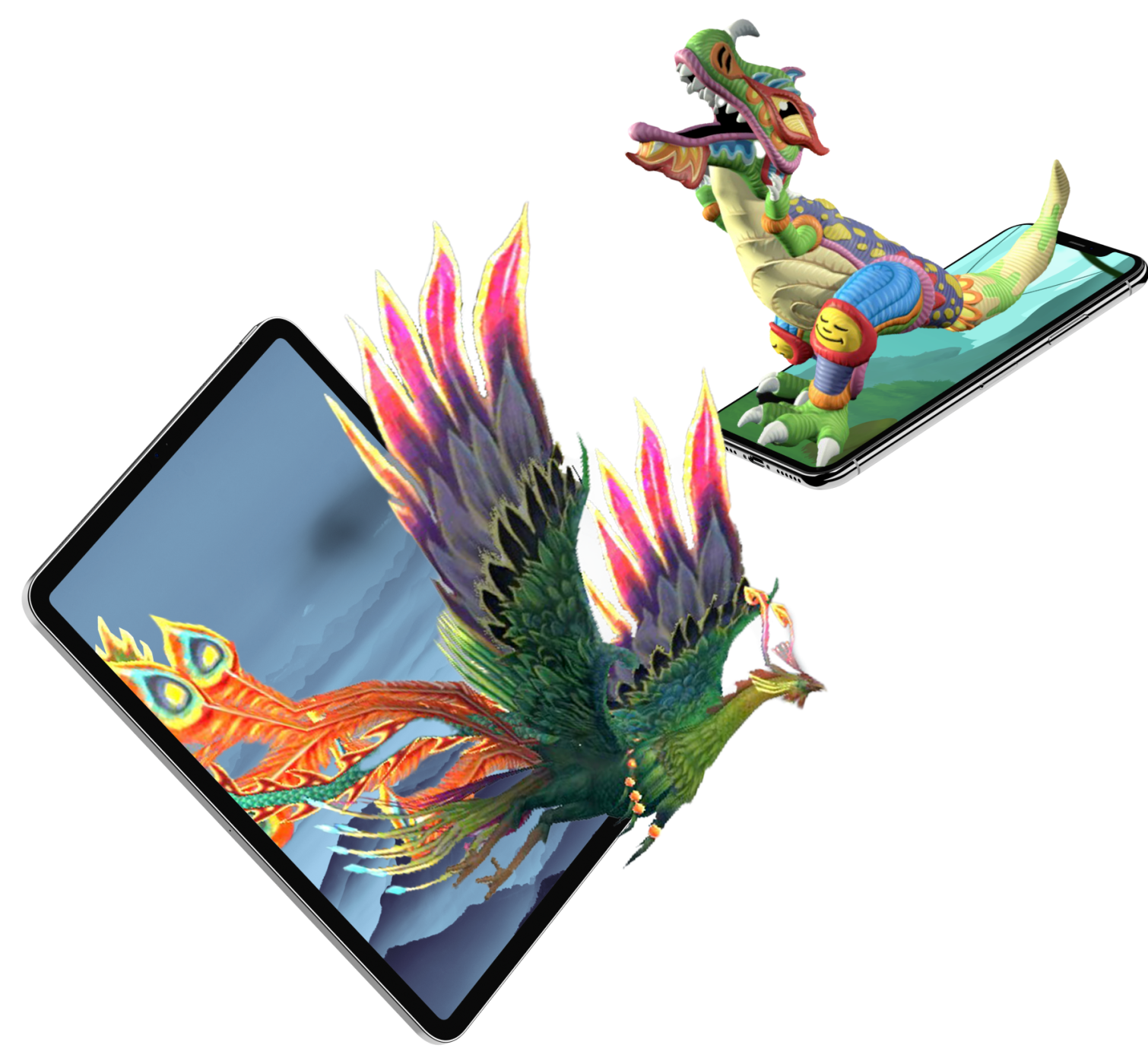Augmented Reality in Entertainment & Media
Augmented Reality (AR) is rapidly transforming the entertainment and media industries, bringing virtual elements into real-world environments to create immersive, interactive experiences. By overlaying digital information onto our physical surroundings, AR bridges the gap between reality and fiction, captivating audiences in innovative ways. From viral AR gaming phenomena and immersive concerts to eye-catching outdoor advertising through augmented reality murals and billboards, this technology continues to push creative boundaries. This article explores how AR shapes modern entertainment and media, its marketing potential, and emerging trends that promise to redefine audience engagement.
1. Understanding Augmented Reality: A Brief Overview
To fully appreciate AR’s role in entertainment and media, it’s important to differentiate it from other immersive technologies. Unlike virtual reality (VR), which immerses users in a completely computer-generated environment, AR superimposes digital elements—images, texts, animations—onto a user’s real-world view via a screen or headset. This blended experience allows users to remain connected to their physical surroundings while interacting with layered digital content.
1.1. Key Enablers of AR
- Smartphones and Tablets: Modern devices sport high-resolution cameras and advanced processors that support real-time AR overlays.
- Headsets and Smart Glasses: Devices like Microsoft HoloLens and Magic Leap create holographic illusions in the real world.
- Computer Vision & Machine Learning: Algorithms enable apps to understand and map a user’s physical environment, enhancing the realism and responsiveness of AR experiences.
1.2. Advantages of AR
- Interactive Engagement: AR encourages active participation rather than passive consumption.
- Versatile Applications: AR can enhance nearly any type of media, from games to educational content and advertising.
- Enhanced User Experience: By adding digital layers to real-world environments, AR brings storytelling, marketing, and brand engagement to life in vivid, memorable ways.
2. The Rise of AR in Entertainment
Entertainment sectors—from gaming to live events—have quickly adopted AR. Developers and producers leverage AR to stand out in a crowded media landscape as consumer appetites for immersive, personalized content grow.
2.1. AR Gaming and Interactive Experiences
One of the most prominent demonstrations of AR’s power in entertainment arrived with Pokémon GO in 2016. Using location-based technology and smartphone cameras, this game overlaid digital creatures onto real streets and parks, motivating millions of users to explore their neighborhoods. The massive success of Pokémon GO showcased the potential of AR to bring fictional worlds into tangible reality, driving subsequent innovations in the industry.
Other AR Gaming Highlights
- Harry Potter: Wizards Unite: Built by Niantic (the same developer behind Pokémon GO), it merges the wizarding world with real-life locations.
- Jurassic World Alive: Lets players discover and collect dinosaur DNA while exploring everyday environments.
- Minecraft Earth: Allows users to build blocky creations in shared AR spaces, merging digital and physical landscapes.
2.2. AR in Live Events and Concerts
Major event organizers are incorporating AR to amplify the visual spectacle of concerts, festivals, and sports. Through dedicated apps or AR-enabled stages, audiences can view immersive visuals and animations that blend seamlessly with live performances.
- Enhanced Fan Participation: Fans can point their smartphones at stages to unlock exclusive animations, behind-the-scenes content, or artist avatars performing alongside the main act.
- Social Media Integration: AR filters on Instagram, Snapchat, or TikTok allow attendees to share their experiences, further expanding the event’s reach through user-generated content.
2.3. Theme Parks and Location-Based AR Attractions
Theme parks worldwide are integrating AR into rides and guided tours. Instead of passively following a tour guide, park visitors use AR apps or specialized glasses that reveal hidden storylines, puzzles, and characters. This multi-layered storytelling approach transforms park visits into interactive adventures that engage visitors of all ages.
3. AR in Film and Television
The film and television industries harness AR to elevate storytelling, marketing, and viewer engagement. Whether used as a second-screen companion or an essential part of a show’s narrative, AR breathes fresh life into traditional media formats.
3.1. AR-Driven Marketing Campaigns
Film studios often partner with social media platforms to develop AR filters featuring iconic characters or set pieces from upcoming releases. By scanning a code or selecting a branded filter, fans can virtually “wear” a hero’s costume or place themselves in a famous movie scene.
- Organic Fan-Sharing: Once fans create AR selfies or videos, they share them on social platforms, driving word-of-mouth marketing and strengthening the film’s presence ahead of its release.
- Deeper Emotional Connection: Users who interact with AR content tend to feel a stronger personal bond with the brand or movie.
3.2. Second-Screen AR Experiences
Some TV shows and networks experiment with second-screen AR companion apps. As viewers watch an episode, they can open the app, which uses audio recognition to sync AR content with the on-screen narrative. Users can explore character backstories, 3D maps of fictional settings, or polls that influence future storylines.
3.3. AR in Post-Production and Set Design
Behind the camera, AR helps producers and directors visualize digital sets or CGI creatures on real sets. By wearing AR headsets, filmmakers can see how computer-generated elements will appear in the final shot, reducing costly reshoots and production errors. This integration of AR shortens production timelines and helps creative teams collaborate more effectively.
4. Enhancing Audience Engagement
A core advantage of AR is its ability to immerse users in interactive scenarios that demand active participation. In an age of short attention spans, AR’s novelty and personalization can significantly boost brand awareness, content consumption, and overall audience engagement.
4.1. Interactive Advertising
AR transforms static ads into multi-sensory experiences. Scanning a print ad or billboard could trigger 3D product demos or mini-games. Users can explore product details, access exclusive coupons, or witness a dynamic brand story unfold right in front of them.
- Retail Integration: When combined with e-commerce, AR ads can let customers virtually try on accessories or visualize furniture in their living rooms, speeding up the path to purchase.
- Gamified Promotions: Branded AR mini-games encourage repeat engagement and social sharing, extending campaigns far beyond initial impressions.
4.2. Personalized Storytelling
AR experiences can adapt to individual preferences, locations, or even times of day, ensuring that each user’s encounter with the content feels unique.
- Location-Specific AR: A user exploring a city may receive AR prompts related to a local film shoot, unlocking behind-the-scenes clips in real time.
- Dynamic Narratives: AR can let users choose their path in an interactive story, revealing multiple endings or plot twists based on user interaction.
5. The Marketing Potential of AR in Media
Entertainment and media companies consistently explore AR’s capacity to boost brand visibility, deepen audience involvement, and strengthen customer loyalty. Let’s delve into some of the most promising marketing applications.
5.1. Branded AR Filters and Lenses
Snapchat and Instagram filters are prime examples of how AR can turn casual smartphone users into brand ambassadors. Companies sponsor themed filters that overlay brand logos, slogans, or special effects, gaining massive visibility when shared by fans. This user-generated marketing funnel tends to feel more organic, leading to higher engagement rates than traditional ads.
5.2. Product Placement 2.0
Traditional product placement in movies or shows usually goes unnoticed. With AR, however, product placement can be interactive. Viewers can pause a show on a connected device, “pull” a product into their real space, and examine it in 3D. This shift from passive cameo to active exploration offers brands a new dimension in consumer interaction.
5.3. Advanced Data Collection and Analytics
AR campaigns track metrics that go beyond simple view counts. They can gather data on how users interact with 3D objects, how long they spend exploring content, and what paths or features spark the most interest. These insights allow marketers to refine AR experiences, tailoring them more precisely to audience preferences.
6. Augmented Reality Murals and Billboards: Outdoor Advertising 2.0
While AR often conjures images of smartphone apps and virtual try-ons, it’s also revolutionizing outdoor advertising. Augmented reality murals and augmented reality billboards are changing how consumers perceive and engage with urban landscapes. By blending art, technology, and marketing messages, these installations invite passersby to interact, share, and become part of a brand’s story.
6.1. AR Murals: Interactive Street Art
AR murals take traditional street art to a new level by layering digital content onto physical artwork. A mural might depict a fantasy scene or iconic brand imagery that comes to life with animations, hidden characters or calls to action when viewed through a smartphone.
- Community Engagement: Cities that embrace AR murals often see an uptick in tourism and local excitement. People flock to these unique landmarks to capture photos and videos and then share them on social media.
- Brand Storytelling: Companies can sponsor murals that artistically depict their brand narrative. Upon scanning the mural with a dedicated app or social media filter, passersby might see an extended story, product details, or secret promotional codes.
6.2. AR Billboards: The Next Generation of Outdoor Ads
Billboards are a staple of outdoor advertising, but they can fade into the background in a world teeming with digital noise. AR-infused billboards offer an enticing solution:
- Immersive Content: Pointing a phone at an AR-enabled billboard could reveal 3D figures popping out of the display, interactive games, or personalized messages.
- Location-Based Marketing: Billboards in specific regions can serve custom AR experiences relevant to that locale. For instance, a concert promotional billboard could trigger real-time ticket purchasing or an exclusive event preview.
- Viral Potential: Unique AR billboard experiences generate curiosity and excitement. Viewers are likelier to take photos or videos of these billboards and share them, providing free word-of-mouth advertising for the brand.
6.3. Synergy with Social Media
AR murals and billboards often tie into social platforms, where users share their discoveries. This organic ripple effect amplifies brand visibility far beyond physical foot traffic. Advertisers encourage user participation by incorporating hashtags, brand handles, or social media challenges, making the campaign a truly interactive and shareable experience.
7. Current Challenges and Limitations
Although AR is making significant strides in entertainment, media, and outdoor advertising, several obstacles must be addressed to ensure broader, long-term adoption.
7.1. Hardware and Accessibility
Despite continuous advancements, many users lack high-end smartphones or dedicated AR headsets. These devices' cost and form factor can hinder widespread adoption, and maintaining a seamless AR experience across varying hardware capabilities remains a challenge.
7.2. Connectivity and Data Demands
High-quality AR experiences often demand robust internet connections and low latency—something not universally available, especially outside major urban centers. As 5G networks roll out, these connectivity constraints should diminish, paving the way for richer AR applications.
7.3. Creating Quality Content
Designing compelling AR content that blends smoothly with the real world is time-intensive and expensive. Poorly executed AR with glitches or awkward graphics can deter users and damage brand reputations. Continuous investment in skilled developers, designers, and UX experts is crucial for success.
7.4. Privacy and Ethical Considerations
AR applications frequently track user data like location, movement, and facial features. This raises privacy concerns and regulatory scrutiny. Brands and developers must balance innovation with responsible data policies to maintain consumer trust.
8. The Future of AR in Entertainment, Media, and Outdoor Advertising
While challenges exist, the future of AR in entertainment, media, and outdoor advertising looks exceedingly bright. Several trends point toward more advanced, accessible, and socially integrated AR experiences.
8.1. Convergence with VR and MR into XR
As hardware evolves, the lines between augmented reality (AR), virtual reality (VR), and mixed reality (MR) will blur into “extended reality” (XR). This convergence will allow users to seamlessly switch between partially and fully immersive environments, unlocking new creative storytelling opportunities for filmmakers, game developers, and advertisers.
8.2. Multi-User and Collaborative AR
Games like Pokémon GO have already revealed the power of shared AR experiences. Future AR platforms may allow multiple users to see and interact with the same digital elements in real time, fostering interactive events, multiplayer gaming, and community-driven art installations.
8.3. Shoppable AR and Direct Purchases
As e-commerce becomes more integrated with entertainment, we’ll see more “shoppable” AR content. Users could view a cooking show with AR overlays displaying clickable cookware links or pause a music video to purchase the artist’s clothing line. This seamless blend of media and commerce stands to reshape product placement and brand sponsorship deals.
8.4. Dynamic, Personalized Out-of-Home Campaigns
Expect AR murals and billboards to become smarter and more personalized. With real-time data analytics, these outdoor installations might adapt their content based on audience demographics, local events, or even weather. For instance, on a hot day, an AR billboard for a soft drink could dynamically feature a cold beverage pouring out of the display to entice passersby.
8.5. AI-Powered AR Enhancements
Artificial Intelligence (AI) will supercharge AR’s ability to understand user behavior. AI-powered systems can learn user preferences, delivering hyper-personalized experiences that resonate more deeply. For content creators and marketers, this means more effective targeting, higher engagement, and potentially stronger user loyalty.
9. Conclusion
Augmented Reality is redefining how we experience entertainment and media, blurring the lines between physical environments and digital content. From blockbuster AR mobile games and interactive concerts to second-screen TV apps and dynamic outdoor advertising—such as augmented reality murals and augmented reality billboards—AR’s impact on audience engagement is profound. By leveraging AR, media companies can offer immersive narratives, marketers can create unforgettable brand encounters, and users can step into interactive experiences that once belonged purely to science fiction.
Yet, AR’s future is not without hurdles. Developing seamless, high-quality AR content requires specialized skill sets, stable connectivity, and ethical data practices. Overcoming these challenges will demand collaborative efforts between technology providers, content creators, regulators, and end-users alike. As 5G networks expand, hardware evolves, and AI continues to advance, the promise of AR will only grow brighter.
For businesses and creatives, the question is no longer if AR will be a game-changer, but how they can best harness its potential. For consumers, it means an exciting era lies ahead—where stepping into a movie scene, chasing virtual creatures through city streets, or experiencing a brand’s story on an interactive mural is as simple as raising a smartphone. Ultimately, augmented reality is setting the stage for a transformative chapter in the history of entertainment and media, making the once impossible not just possible, but powerfully engaging.
TALK TO A PRO
We're here to bring your brand to life!
Stay Connected with BrandXR
Create Augmented Reality for Free!
Create, Publish, and Measure 3D Augmented Reality Experiences Without Having to Code.
